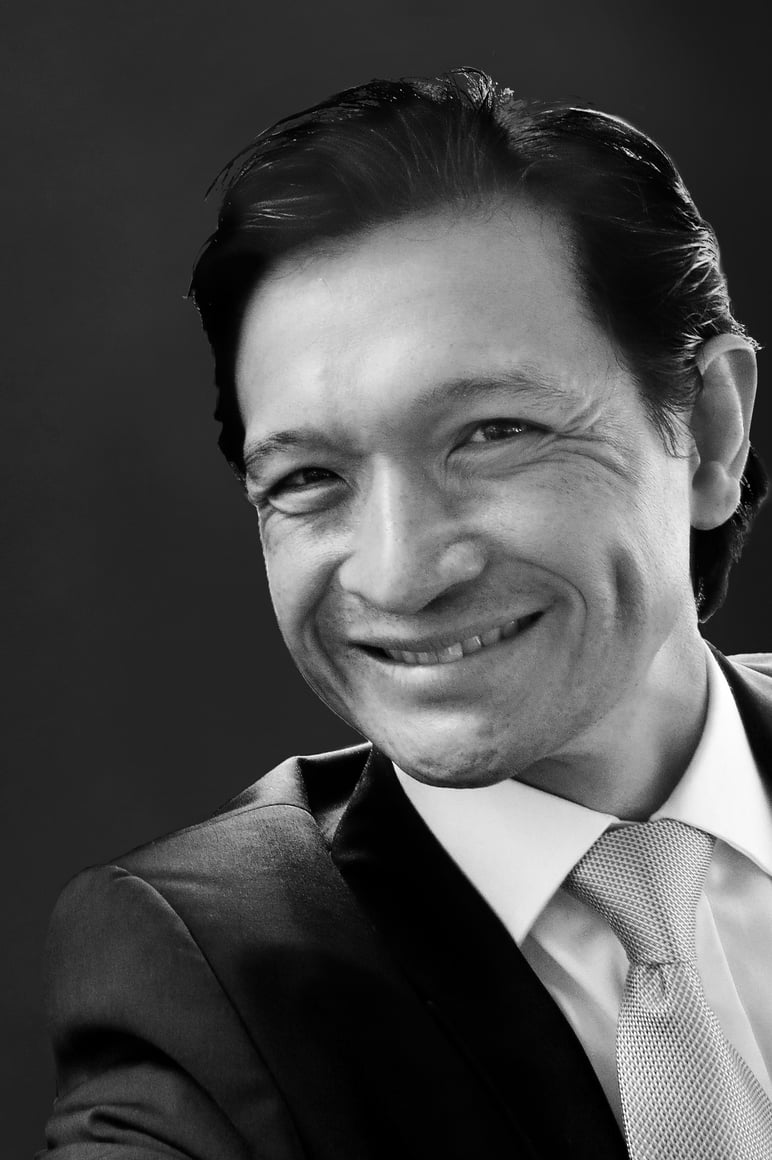
Sasa vs Stanley Park: Can Vancouver stay true to itself as Chinese tourism booms?
Carriage operator says mainlanders deserve experiences that are genuine, not tailor-made
How should Vancouver meet the challenge and opportunity presented by soaring numbers of mainland Chinese tourists?
Will Sasa stores and milk-powder outlets line Robson Street? Or is there a better way to satisfy the influx, while remaining true to the attractions that brought them in the first place?
Now, rising numbers of his Chinese passengers are just as likely to be affluent young families with children, or independent travellers.
The guest profile for O’Neil’s 32-year-old business and Vancouver’s tourism industry as a whole is changing fast. In 2013, there were 181,975 overnight visitors to Vancouver from mainland China, their number having surged 26 per cent from the year before. In the process, they leapfrogged both Australians and Britons to become the most prolific non-US foreign visitors to the city (whose proximity to the US border ensures Americans will retain top spot for the foreseeable future).
O’Neil’s carriages, drawn by a variety of magnificent draught-horses, take visitors on hour-long narrated tours of the 400-hectare park, a business model that has changed little since the park was created in 1888. Such tours ended in the 1950s, but O’Neil reintroduced them in 1982.
He said his Chinese clientele had tripled in the past five years, in part thanks to an article featuring his business in the Chinese edition of National Geographic Traveler magazine last year.
O’Neil said that what appealed to mainland tourists was the authenticity of the experience and its gentle pace, coupled with Stanley Park’s natural charms. “You’d think that for [Chinese tourists], that ‘more is more’, but, in fact, less is more… By coming on the tour, we almost force them to relax, you know?” he said.
He said his business, Stanley Park Horse-Drawn Tours, had also benefited from it being the Year of the Horse - “it’s a bit of a cliché” – and the Chinese visitors’ fascination with the 1,000kg dray animals which are the true stars of the show. “Their reaction [to the horses] reminds me, perhaps, that I take these things for granted,” said O’Neil.
“A lot of them at first are afraid of the horses when they see the 10-to-one size difference [with themselves]. But once we explain to them that as long as you go to the front of the horses, so long as you can see their eyes and they can see you, then they see how gentle they are, and they love to touch the horses … My job is to make people happy, so it’s very rewarding.”
So, how best to respond to so many Chinese holidaymakers? Should Vancouver follow Hong Kong’s lead by going all-out to cater to them in the highest numbers possible - Sasa, milk-powder, and all – and in the process risk losing something of itself?
Despite being convinced that Vancouver is “just touching the tip of the iceberg” when it comes to mainland tourists, O’Neil said he saw no need and had no desire to change his operation to create a Chinese-tailored business. Instead, he said it was vital that Vancouver remain focussed on providing a genuine experience rather than trying to create new ones to target big-spending Chinese.
“We should remain true to ourselves, and handle only the certain amount that we can handle and make sure they are taken care of well,” said O’Neil. “You could say, ‘how do we make ourselves more appealing to them?’ I get that. But I think the way to handle that is to say ‘how do we communicate our message better?’ Instead of ‘how do we rehash or redesign ourselves?’ it [should be] ‘how do we make them feel as comfortable as all the other people who visit?’”
O’Neil said the significance of the Chinese influx extended beyond the financial benefits to tourism operators such as himself. He said he saw himself as an ambassador for Canadian values. “When they go back to China, Canada will have a huge positive impact, particularly about democracy. Kids, five, 10, 15 years old, they come here with their parents and see how liberal Canada is. They go back and become part of the fabric that will bring about changes.”
The Hongcouver blog, which is devoted to the hybrid culture of its namesake cities, will be taking a short break; it will resume in mid-August.

